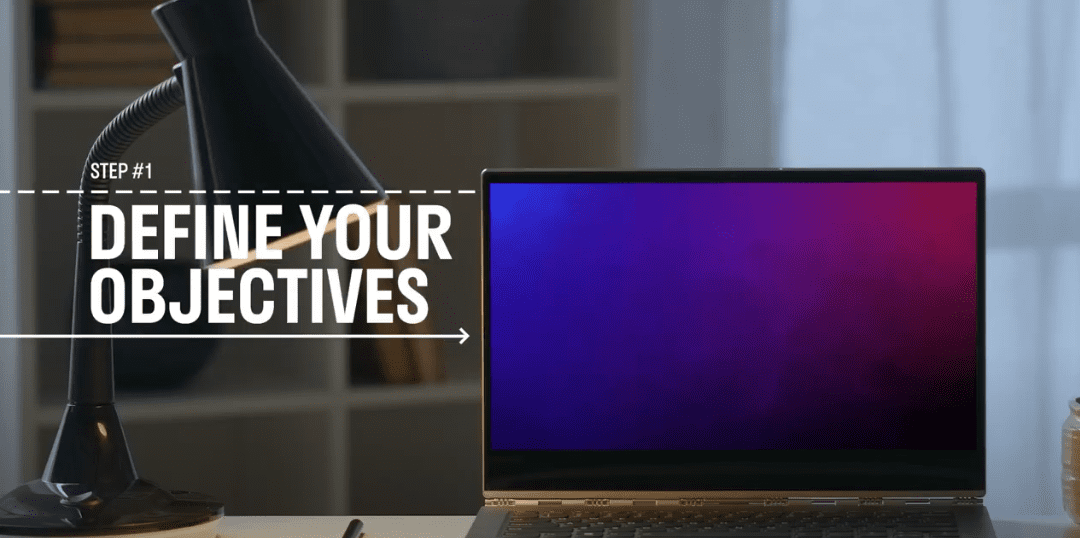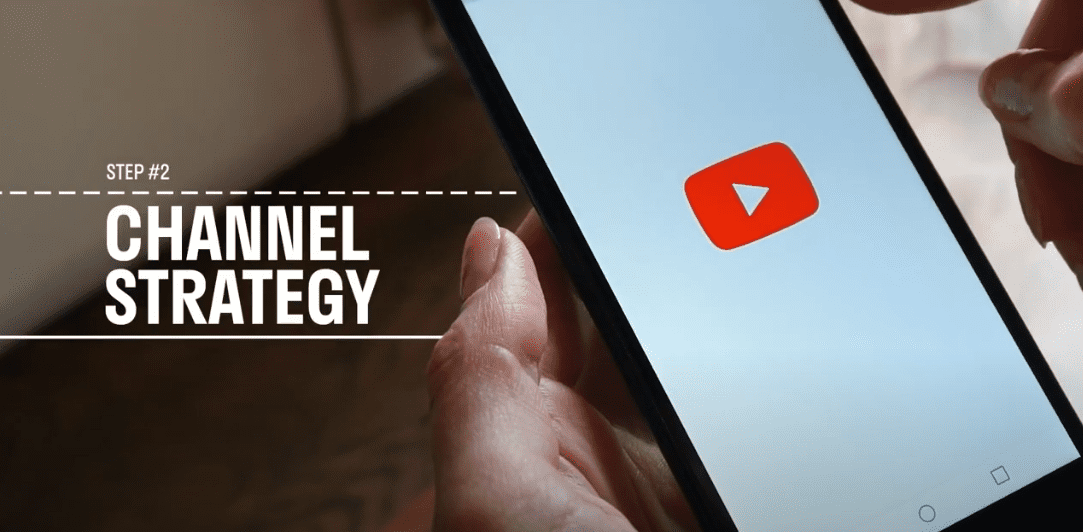You’ve streamlined your production process and you’re cranking out videos left and right, but you’re still not getting views. So what gives? Your content might not be the problem. You may just need to take a closer look at your video distribution strategy.
If you want to capture audiences’ attention, you need to reach them where they dwell online. But thanks to the abundance of social media platforms, your would-be viewers are likely spread all over the place. Finding them can sometimes feel like a game of whack-a-mole. And sure, understanding where your audiences go to consume content online is a big part of what it takes to build a loyal following. But that’s only half the battle. You also need clearly defined goals for your videos to help measure your success.
In Episode 3 of The Beginner’s Guide to Creating Video, Storyblocks’ Social Media Manager Beth Cormack and Performance Marketing Manager Ryan Barrales share their tips to help you become a video distribution superhero. To demonstrate these strategies in action, Beth and Ryan walk you through each step of their paid and organic distribution plans for the very video series you’ll be watching. (Meta, right?)
Step 1: Define your video distribution objectives

Goal-setting is an essential step of the video creation process. This entails knowing which platforms you’ll be publishing on, and what you hope to achieve through your videos.
At Storyblocks, we use the popular SMART goal-setting technique to develop our objectives. If you’re not familiar with the SMART framework, it’s based on a helpful acronym:
Specific
Details matter when you’re planning to invest time and resources into creating content. Rather than just saying, “I’m making a YouTube video,” try to be more specific. That could look something like, “I’m making a YouTube video to educate our customers on how to make more impactful videos.” That way, when you start looking at your results, you’ll know you’re on the right track if your video succeeds at educating your customers.
Measurable
Figure out how you’ll define success for your video distribution strategy. What metrics will you look at? Is it video views? Conversions? Engagement rate? Take it one step further and figure out how many video views, how many conversions, and what target engagement rate you’re aiming for. Having a quantifiable goal in mind from the start gives you something to measure your actual results against. It’s best to estimate outcomes based on results from similar projects you’ve done before. If this is your first time creating a new type of video, you may be able to find industry benchmarks you can use instead.
Achievable
Set goals to be challenging but also realistic. If you already have a general sense of how your content typically performs, you can use that as a starting point to set your targets for your next one. If you have a concept that you expect to perform better than previous projects, don’t be afraid to set stretch goals. Just don’t be too lofty in your estimates. Use your best judgment and any data you have to make sure your goals are realistic.
Relevant
Make sure that the goals you set for your video distribution strategy tie back to your mission as a brand or creator. For example, at Storyblocks, our mission is to encourage people to create more video, and this course will teach them how to do that. It’s relevant because it serves our broader goal. You should also have some idea of what your audience is seeking to gain from your videos. Are they looking to be entertained? To learn something new? When you know what your audience values in your videos, you can give them exactly what they want. That way, they’ll be more engaged, which will always translate to better results for you.
Time-related
When do you want to hit your goal? Give yourself a realistic timeline. For example, if you’re managing a conversion campaign, look at data from previous campaigns to see how long it took for conversions to come in. If your results are consistently under or overperforming on the timelines you’ve set for yourself, you may need to tweak the formula. Setting deadlines and milestones will help you hold yourself accountable for results, and looking at past performance will give you solid baseline results to aim for.
Here’s an example of how we applied the SMART framework to the Beginner’s Guide to Creating Video series:
- Specific: Our goal is to position Storyblocks as a thought leader in video creation.
- Relevant: This course will help support that goal by teaching our audience how to create better video fast and at scale.
- Measurable, Achievable, and Time-related: As a result, we expect to earn a total of more than 500k views across all videos in the series at a cost of less than $3 per visit on paid social by the end of Q4.
Want to learn how to set SMART goals for your videos and measure success?
Watch Episode 3 of The Beginner’s Guide to Creating Video.
Step 2: Create a channel strategy for video distribution

There are three important things to keep in mind when deciding where to publish your video:
First, who is your target audience, and where do they spend the most time on social media?
Depending on their platform of choice, your audience might prefer punchy, short-form videos to deep-dives and longer-form content. You wouldn’t serve a five-course meal to someone who’s just expecting a snack. So, you shouldn’t publish a lengthy video on a platform where your audience watches quick snippets.
Second, if you’ve published videos before, use past-performance data to determine which channels have been most successful for your content. This is especially critical for paid social video distribution, where every dollar you spend really matters. Ryan’s primary objective for paid social is driving quality traffic to the Storyblocks website. The three channels that have driven the best return on investment for previous Storyblocks original series content are Facebook, Instagram, and TikTok. So, in the case of The Beginner’s Guide to Creating Video, Ryan’s planning to focus his budget on those channels, once again.
Lastly, consider the channel’s purpose. Certain styles of videos perform better than others on different social platforms. LinkedIn, YouTube, and TikTok will be our top organic social video distribution channels for this series. That’s because they’re just the best suited platforms for this type of educational content.
Want more tips for reaching your audience on different social media platforms?
Check out Episode 3 of The Beginner’s Guide to Creating Video.
Step 3: Optimize your videos for distribution on your channels

Beyond just knowing what kinds of videos perform best on each channel, you’ll also want to know the required video specs for each channel when you create your video distribution strategy. We already mentioned how users want and expect different things from different channels. But, sometimes repurposing video content across different channels is fine. You may just need to make some tweaks to the content itself to ensure a perfect fit, like choosing specific hashtags or using different keywords.
To create this very web series, we used Storyblocks’ own video editing and collaboration tool Maker for Teams. It makes it incredibly easy to instantly resize video content and even add some on-screen text for different social channels. We also used the Maker Brands functionality within Maker for Teams to set up video templates for different social media channels. These made it super simple to implement all of our brand colors, fonts, and logos.
Make sure you’re publishing your content on the right platforms.
Watch Episode 3 of The Beginner’s Guide to Creating Video to learn how.
Watch Storyblocks’ Beginner’s Guide to Creating Video
Storyblocks’ original series, The Beginner’s Guide to Creating Video, is free for you to watch right now. You can binge the whole series in less than an hour, or just pick and choose individual episodes that interest you. Regardless of how you watch it, you’ll pick up tons of tips. Tune in now to learn how you can start making great videos faster than ever before.
Coming up in Episode 4, we’ll explore how great ideas lead to great videos. You’ll learn how you can think like a writer to conceptualize next-level video projects.



